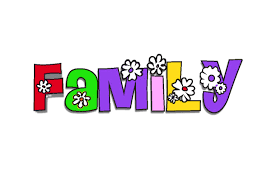Phonics
At Springfield, we use the FFT Success for All Phonics programme to teach synthetic phonics. This is an evidence based programme that has been approved by the DFE and one that is based on the Letters and Sounds Progression.
As a school we chose Success for All Phonics as it is an evidenced based programme which includes all the best practice as outlined in the new Reading Framework. It provides opportunities for spoken language, exposure to high quality vocabulary, strong routines and high expectations for pupil engagement. Additionally the Co-operative Learning approach ensures that children are fully engaged and interact for the whole lesson.
As part of the programme the children have access to 68 fully decodable books that match the sounds being covered. The books cover a wide range of genres, engaging characters and familiar contexts that children will be excited to read. The decodable readers are used by children, in pairs, as part of the daily reading lesson. The children are then able to take a copy of the book home as a home reader and read with a parent.
Phonics in EYFS
Phonics is explicitly taught whole class twice daily. The first session is called The Reading Hour which involves children reviewing, learning something new and applying to reading and writing. This hour also includes a guided read where children will work closely with their key worker to explore a text which matches their phonics learning. The second session is a review to embed children’s learning further. Children who require further support will be part of an intervention group which is closely monitored by or led by the class teacher so that continuous provision provides further opportunity to embed learning.
Phonics in KS1
Phonics is taught daily as part of The Reading Hour. This is taught whole class and children who require support will work in an intervention group. Guided Reading will run with children exploring books that match the phonics the children are learning to ensure a cohesive approach. In Year 1, opportunities to embed learning are made in continuous provision. In English lessons, teachers link lessons to phonics, ensuring that children are applying new learning to their reading writing.
Year 2
Phase 6 / Year 2 Word Recognition is supported by the final stages of the Success for All Phonics programme and its application to the reading of parallel decodable texts and real books. At this point, the children will also be applying the principles of spelling to their own writing. In this phase, children will have already learned the most common GPCs and a substantial number of alternative spellings for the same sounds. As the children near the end of the programme, children will have an opportunity to read a short text extract, identify/compare words containing a variety of the focus GPCs and compare and apply spellings through word games and other activities. They then move onto the Accelerated Reader Programme.
Reading
Across school, each class runs The Reading Hour. In EYFS and KS1 children engage with their phonics lesson within this hour. In the Autumn term, year 3 will also complete phase 5 and 6 of Bug Club Phonics to ensure children have a firm foundation of phonics following COVID lockdowns.
The Reading Hour: EYFS & KS1
As explained above, children complete the Phonics lesson in accordance with the Pearson Bug Club Phonics programme. In addition to this, teachers will also run Guided Reading. Most classes will use a carousel approach with activities linked to reading taking place whilst an adult reads with a group. The books used for Guided Reading are from Bug Club and are broken down into phonic phases to ensure children are embedding sounds they have learnt. As part of this hour, teachers will also read a story or a class novel with the children. This is an engaging text that is slightly above the average reading age of the children in class.








